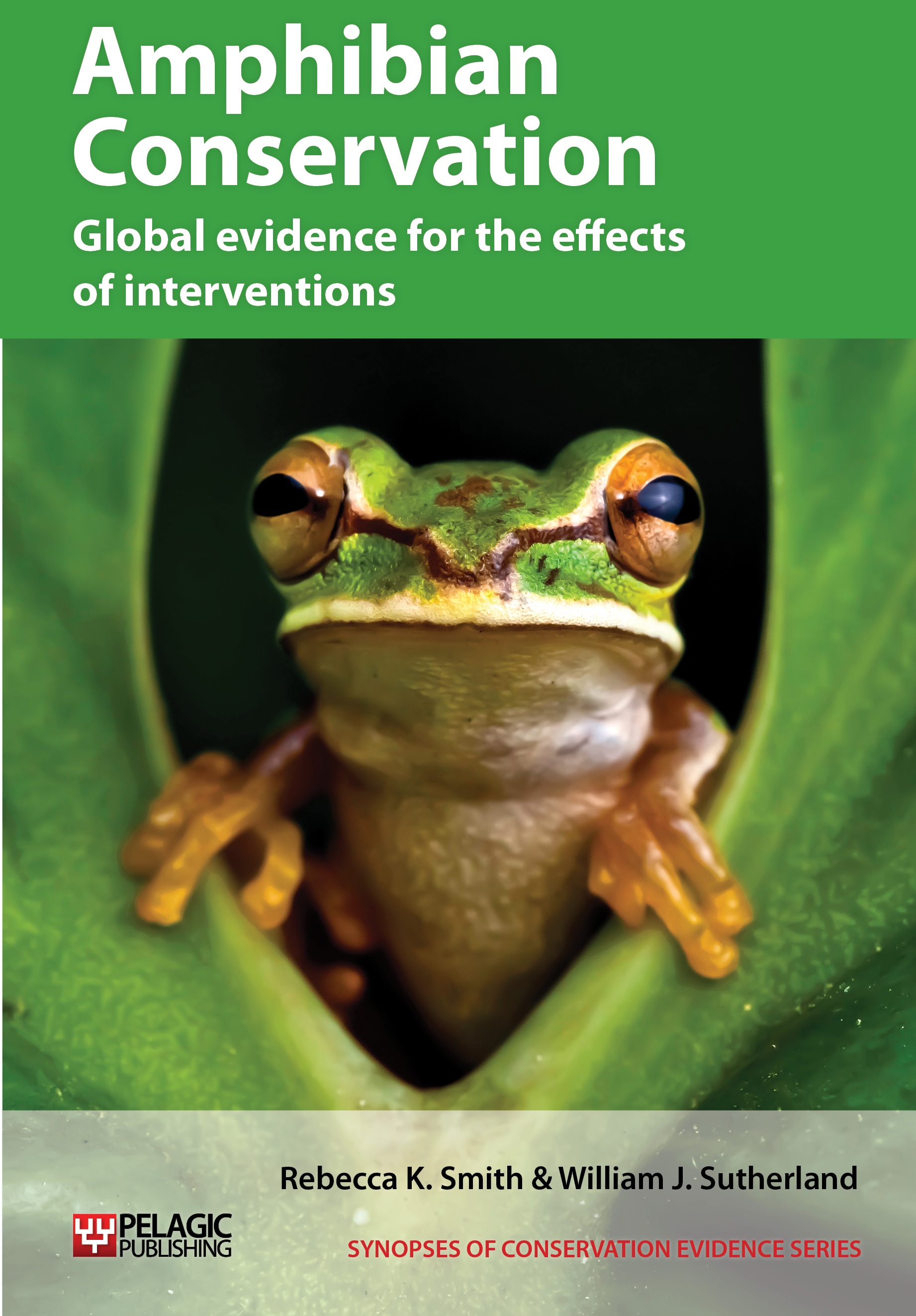Release captive-bred amphibians
-
Overall effectiveness category Likely to be beneficial
-
Number of studies: 1
View assessment score
Hide assessment score
How is the evidence assessed?
-
Effectiveness
55% -
Certainty
50% -
Harms
10%
Supporting evidence from individual studies
A review in 2008 of the effectiveness of 39 release programmes of captive-bred or head-started amphibians (Griffiths & Pavajeau 2008) found that 14 of 17 programmes that could be assessed were considered successful. Seven species (2 toad; 3 frog; 2 newt) showed evidence of breeding in the wild for multiple generations (high success), five species (3 toad; 2 frog) showed some evidence of breeding (partial success) and two species (1 toad; 1 frog) only showed evidence of survival following release (low success). Three programmes were considered unsuccessful and the outcome was not known for the other 19. Species from 16 countries were involved in these release programmes, with a bias towards temperate countries. Half of the species were classified in the top four highest IUCN threat categories (i.e. vulnerable to extinct in the wild).
Study and other actions tested
Where has this evidence come from?
List of journals searched by synopsis
All the journals searched for all synopses
This Action forms part of the Action Synopsis:
Amphibian Conservation
Amphibian Conservation - Published 2014
Amphibian Synopsis





)_2023.JPG)














